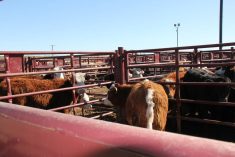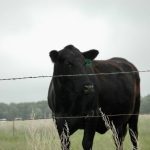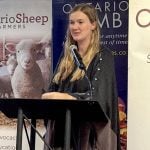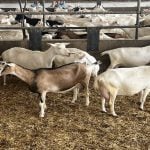When Doug Ferguson was a teenager, he had three things on his to-do list — have a family, ride bulls and raise cattle. Even back then he knew he had to make money doing the latter to support the other two aims. The cattle marketer grew up on a mixed farming operation in southeast Nebraska and has always had the notion that it was possible to make a profit in the cattle business, despite what he was hearing at his jobs on a ranch, at a custom feedlot and a feed mill.
The sell-buy strategy he adopted has been around for several years. The vast majority of those in the business operate on the buy-sell theory. The concepts of sell-buy have been shared over the years by the likes of Dr. Gordon Hazard, Bud Williams, Bud’s daughter Tina Williams and her husband Richard, Ann Barnhardt, Wally Davis and now Ferguson.
Ferguson took his first marketing school from Barnhardt in 2005. “This was the answer and what I am going to do with the rest of my life,” Ferguson says of the game-changing event. “I had heard from so many all the pitfalls and that it was impossible to consistently make money in the cattle business and this knowledge showed me there was a way to be successful.”
Read Also
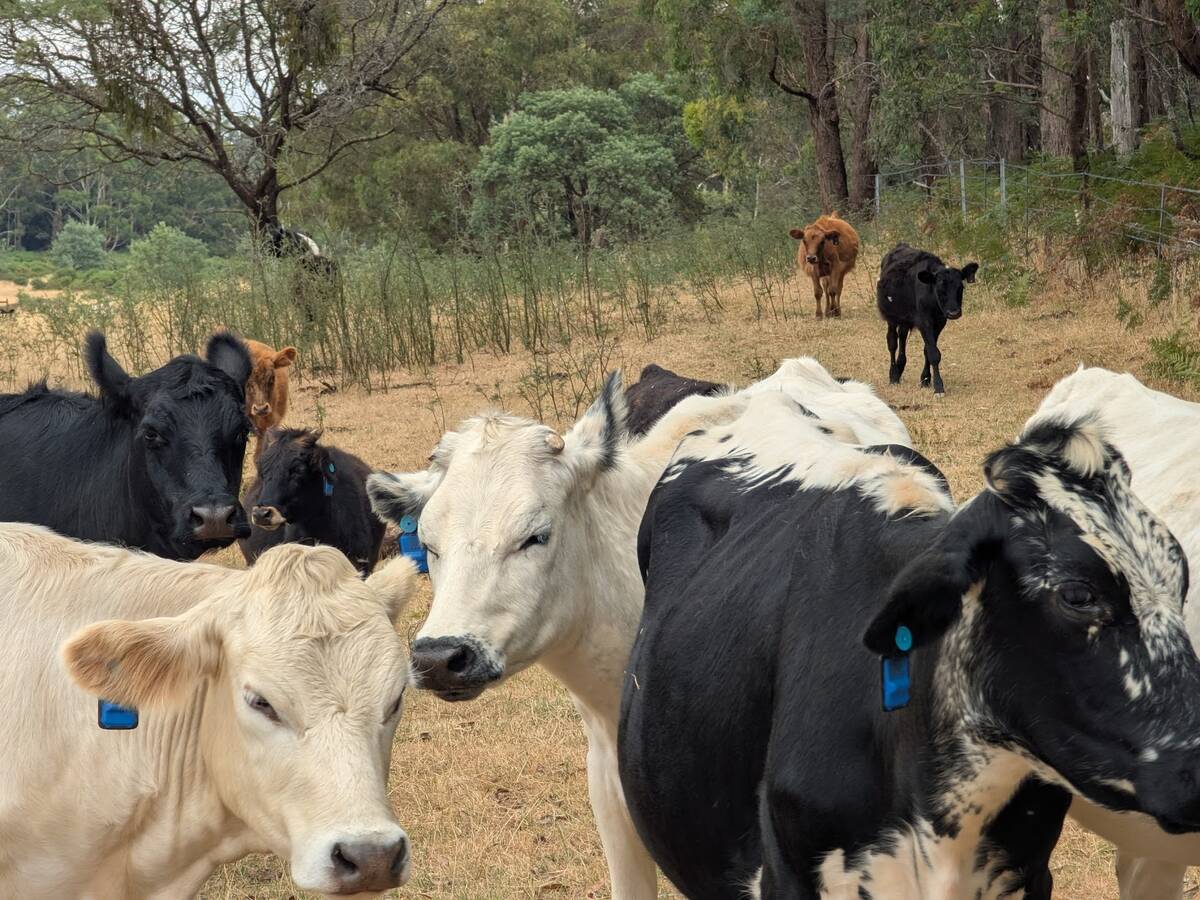
Australian company brings ear-tag tech to Canadian pastures
With Smart Paddock, beef farmers and ranchers can track their cattle through GPS technology
The essence of it is to sell an “overvalued” stock and replace it with an “undervalued” stock. The concept applies most readily to yearlings, or as Ferguson and his American counterparts say, stockers. The profit is taken out at the buy end, as opposed to the sell.
“Buy a class of stock that can be upgraded,” he says. For this reason, he is more likely to be purchasing “plain” cattle as opposed to “fancy.”
[RELATED] Market Intelligence Update from Canada Beef: Retail beef prices support Canadian consumption
“Your pencil has to be sharp and focus on the practices that are within your control,” he says. “The reason it costs as much as it does to run a cow is because of the choices producers make. Think of the costs as a fulcrum on a lever, and if you can slide the costs down, you have more leverage.” He says stockmanship and feed costs are two areas under the producer’s control.
Mindset
Ferguson has many philosophies that apply to life in general, but which he also applies to his business. He stresses the importance of a positive attitude and mindset: “I cannot overstate how important this is.” It is no surprise that he has now embarked on becoming a life coach. Here are some of the principles he follows:
- Always keep the compass needle pointed in the right direction.
- When things go awry, as they will, we need to respond, not react.
- We need to have specific targets. Don’t do anything that is not in alignment with your targets.
- When everyone else is going out the front door, that is when you have to sneak in through a window.
- Peer pressure is very strong in the ranching business, and we need to resist it.
- The only thing you can control is the effort you put in and you must be accountable.
- If you are in the cattle business, you are also in the feed business and the money business.
- The opportunities are always there. Watch for and seize them.
- You have to put in the effort. You have to be accountable, and you have to be aware.
Ferguson is not currently in the cow-calf business but is focusing on stockers. He has a small backgrounding and custom grazing operation where he has worked hard to establish a reputation-based program.
“I am a high-energy guy and the stocker action fits for me.”
[RELATED] Characteristics of the cattle market
He is always doing pre-conditioning work and is, of course, buying the lower-valued class of cattle after selling the higher-valued. But, as a one-man show, he also knows what is within his limits.
“I will not buy more than 200 bawling calves per week, because I know this is what I can handle and do well. I did try 750 once and that was too much to handle,” he says.
Do the math
A typical response is that it is all well and good for Doug Ferguson, but that won’t work for me. But right now, if you think of what is the highest valued stock on your operation it is likely the five-year-old cow. Following the sell-buy principles, that is the class to sell and replace with something of lesser value, be it bred heifers or second calvers. It is easy to come up with many reasons why this is not a good idea. But, as Ferguson will say, do the math.
However, Ferguson acknowledges that each operation is unique and you need to find what fits best for you.
He looks at the value of the gain (VOG) or return on gain (ROG). So, when you sell a 700-pound steer for $2.35/pound, that is $1,645. If the 500-pound steer is $2.60/pound, the gross is $1,300. The 200-pound difference is worth $345 or $1.72/pound. This equation is only part of the answer but important in the figuring. Ferguson also emphasizes that producers must know what their costs are and thus the cost of gain (COG). The VOG is the market telling you if it pays to put weight on the cattle. If the VOG is $1.20 and the COG is $1.40, you can buy it cheaper than put it on.
Another piece of his strategy is to sell and buy on the same market. He says you can wait, but that increases your risk. If the market goes up, you lose, but if it goes down, you can win.
On the importance of mindset, Ferguson shares a story from his bull riding days, when he was leading and had not been bucked off all season. He was confident that he was winning hands down. But then a small thought crept in of how embarrassing it would be if he did not win, when all the cards were stacked in his favour. He was bucked off the first two bulls, and considers that to be self-sabotage. His immediate response was to blame others. But he reflects that it was all in his mindset and that is something we can control.
Ferguson, as much a philosopher and motivator as a marketing expert, says, “You have to understand the relationship between the classes of cattle and you have to be intentional about what you are doing. And don’t aim for average. Let’s try to be excellent!”





